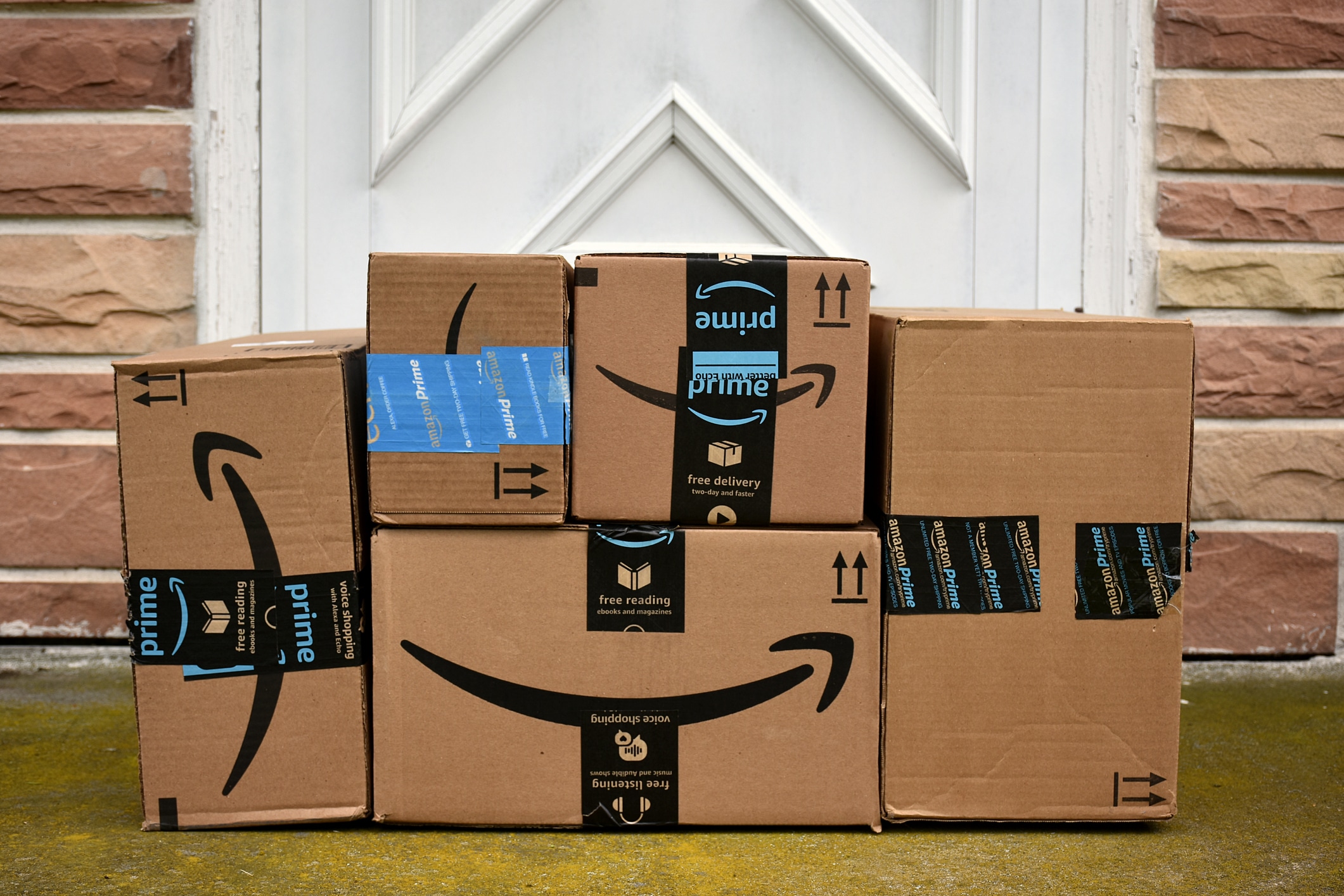Amazon Brushing Scams Continue

While brushing scams hint at a serious privacy problem for consumers, it’s also a concern for sellers who may be bumped off their rankings because of competitors’ boost in sales and positive verified reviews.
Around 1.1 Million Households Are Targets of Brushing in the UK
Which?, a consumer protection organization, released a new report about brushing scams in the United Kingdom. After surveying 1,839 people, it was found that 4% of respondents received Amazon packages that they did not order. According to the report, when scaled up, this amounts to around 1.1 million households.
The same organization reported about incidences in Amazon brushing in 2018 when an Amazon Prime member informed them about unsolicited packages.
This black hat tactic isn’t new, and it’s not limited to Amazon either. Alibaba’s Vice President said that in 2013 alone, around 17% of merchants (about 1.2 million sellers) in Taobao had faked around 500 million transactions.
We’ve seen a resurgence of brushing when the pandemic hit as ecommerce became more powerful.
How Brushing Works
Brushing works by fraudsters either setting up accounts in another person’s name or getting existing account information through phishing. Some ecommerce sellers even hire people to do this, called “brushers.”
The unsuspecting victim will then be sent small, easy-to-ship items such as keychains and paper clips, which are usually mislabelled as jewelry or some other product. Last year, brushers were sending in seeds from China to people all over the United States, causing some people to panic.
The goal here is to get a tracking number that will prompt the algorithm to tag the transaction as a verified sale.
Through this, the number of sold products will increase, and the brusher can leave a verified 5-star review. This is a way to manipulate both Amazon and the customers into believing that these reviews were made by legit buyers to churn in more sales.
As for the buyers, they can legally keep the items they receive. In fact, in the same Which? Survey, 63% of the respondents who got packages decided to keep them.
Getting free stuff doesn’t sound that bad. However, this is not a victimless crime. It suggests some kind of data breach on the part of the customer, and it makes it harder for honest sellers to compete on the platform.
Many of These Scammers Are From China
Chinese sellers on Amazon seem to have so many tricks up their sleeves when it comes to black hat tactics. Despite the recent mass suspensions of Chinese sellers, a lot of these “brushers” originate from China.
Some packages don’t have any return address, but a lot of those that do show Chinese addresses.
Unfortunately, aside from customers reporting to Amazon about the mysterious packages that they receive, there are no other ways of actively preventing brushers.
It Alludes to the Importance of Verified Reviews and Sales Volume
The ubiquity of brushing scams is evidence of how important verified reviews and sales volume are to Amazon.
According to Trustpilot, a Danish consumer review website, 9 out of 10 consumers read online reviews before buying. But 62% of consumers do not support brands or sites that censor reviews or publish fraudulent ones.
Positive reviews heavily influence consumer decisions. For example, you can spend a lot on PPC, but your Amazon conversion rate may still be low when you don’t have enough positive reviews to convince buyers you’re a reliable seller.
Brushing will also affect sales volume, and when dishonest sellers “brush” often enough, it can increase their chances of earning the Best Seller Badge.
Final Thoughts
Brushing is just another way for unscrupulous sellers to beat the system. Unfortunately, it’s hard to police, and we have yet to see how Amazon will proactively defeat these brushers. It took them years to finally have a mass suspension for fake reviews. Maybe we’ll see one for those obtained through brushing in the future.
Are you hopeful that Amazon will take action on these scammers soon? Tell us in the comments section.




